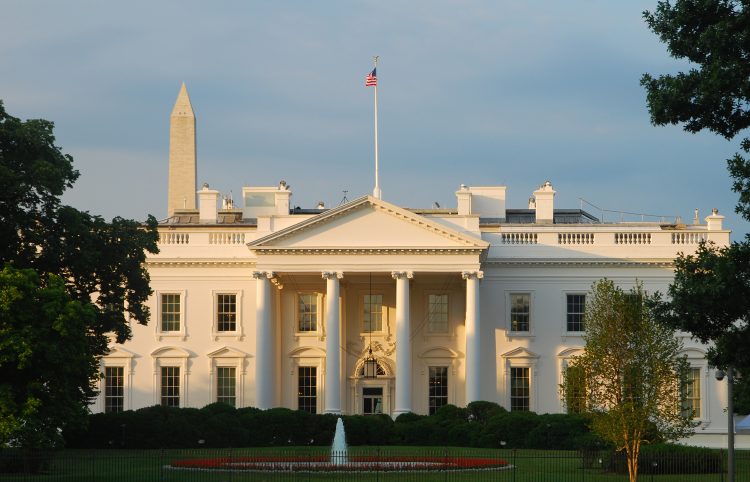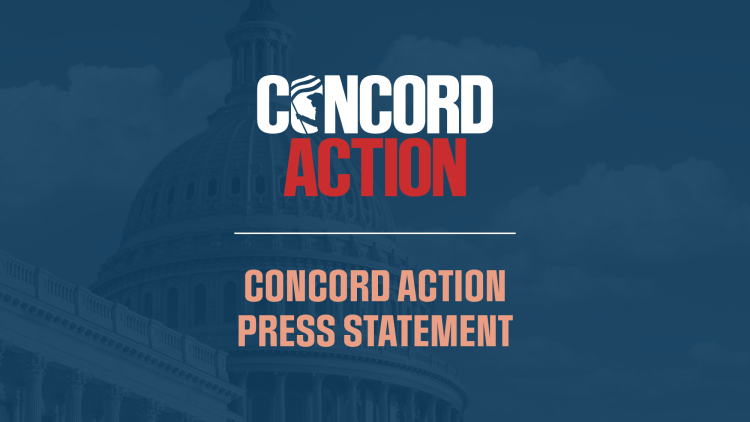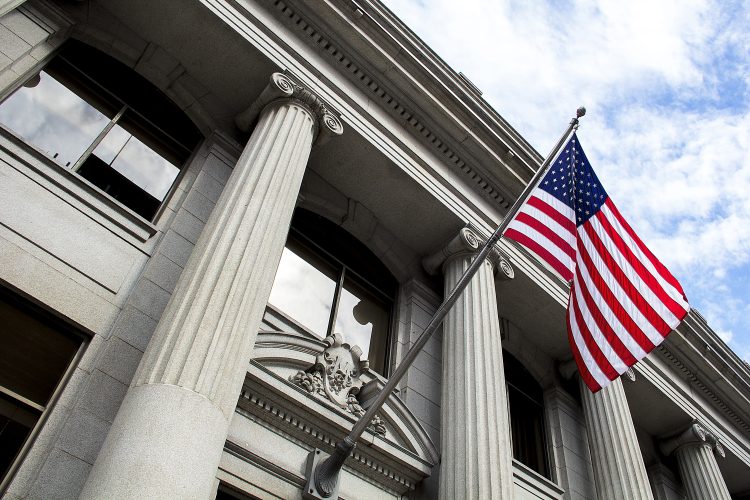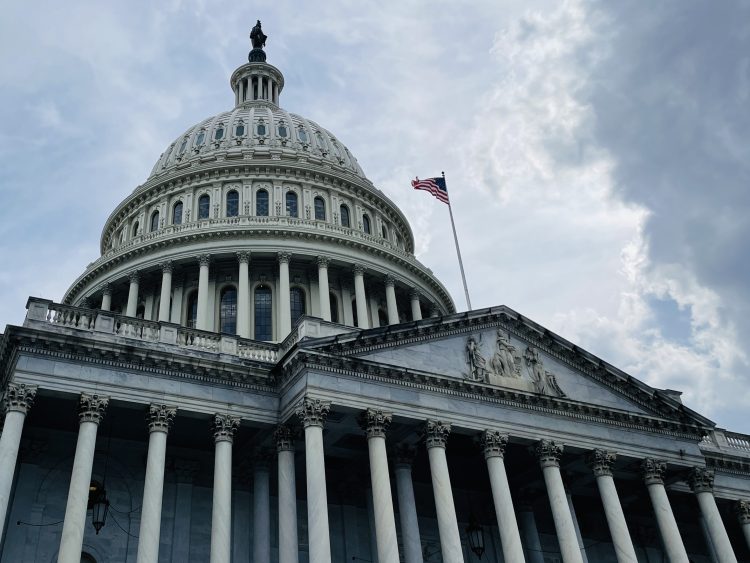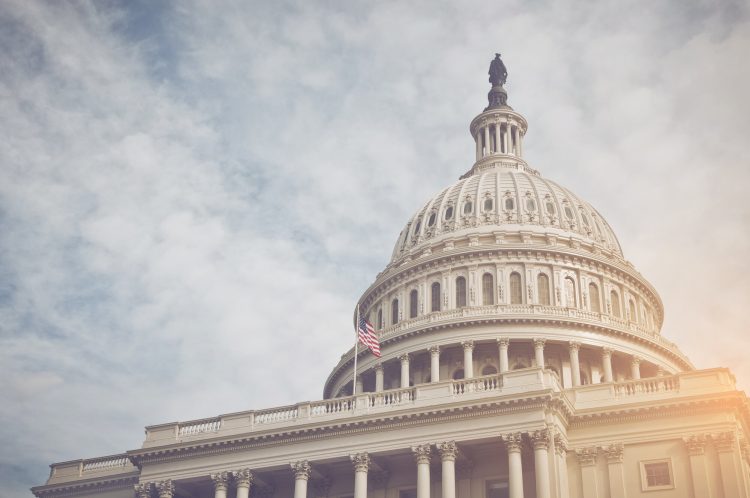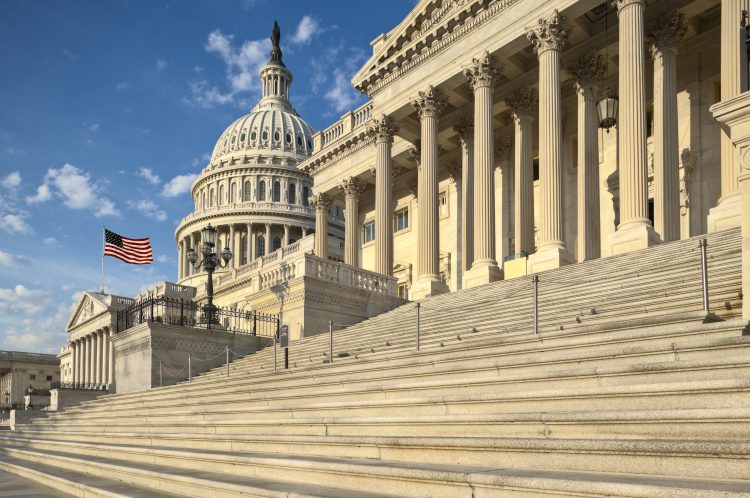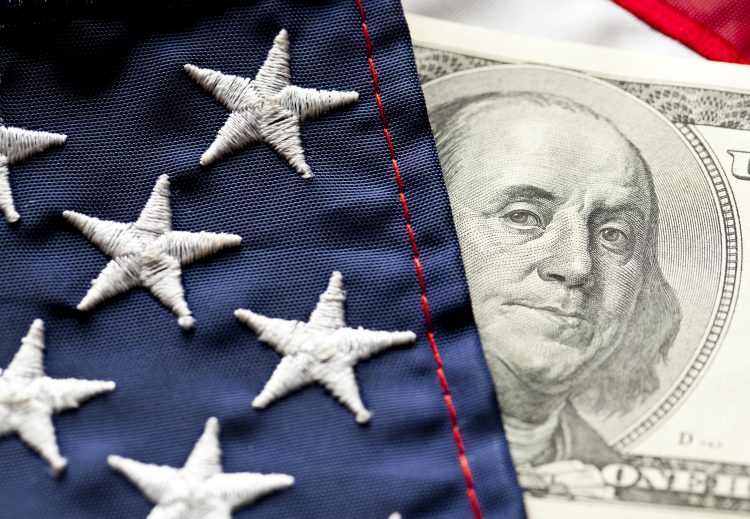Key Points
- Since the $36.1 trillion debt ceiling kicked back in on January 2nd of this year, the Treasury Department has been using accounting transactions known as “extraordinary measures” to temporarily continue borrowing without exceeding the limit.
- The date these measures are exhausted is known as the “X Date,” and two new studies estimate that this moment will fall sometime in August or September, though there is an outside chance that it could come earlier in the summer.
- Congress will need to act to avoid the U.S. defaulting on some of its legal obligations – which could have potentially devastating consequences for financial markets and the economy, but it is also one of the few times Congress bothers to focus on our escalating national debt.
- In our hyperpartisan national environment, the political dynamics could get complicated.
Every few years, Congress goes through a nerve-wracking exercise in whether and how much to raise the debt limit or not. The stakes are high and the next showdown appears to be coming as soon as this summer.
The Constitution (Article I, Section 8) grants Congress the power to “borrow money on the credit of the United States.” Historically, Congress has delegated this power to the Treasury Department, subject to various restrictions, which gradually evolved into a statutory debt limit.
This limit, which restricts the total amount of money the government is allowed to borrow, now stands at just over $36 trillion. Although the limit was temporarily suspended in 2023, it was reinstated again this past January.
Since the limit was reinstated, the Treasury Department has undertaken a series of accounting transactions – collectively referred to as extraordinary measures – that temporarily allow the government to continue borrowing without exceeding the limit.
If Congress fails to increase or suspend the debt limit before these extraordinary measures are exhausted, then the government will no longer be able to pay all its bills in full and on time, resulting in a default on at least some of its legal obligations. Such a default – or even the threat of one – could have potentially devastating consequences for financial markets and the economy.
This week the Bipartisan Policy Center (BPC) and the Congressional Budget Office (CBO) released their latest projections for when the Treasury Department will most likely exhaust its extraordinary measures. The BPC’s projections show their so-called “X Date” will be reached between mid-July and early October. According to CBO, there is some risk the extraordinary measures will be exhausted in late May or early June, but it’s more likely to occur between August and September.
The range of uncertainty is due to several factors, including the overall state of the economy and the irregular pattern of government receipts and outlays, which can also be affected by tax filing extensions due to natural disasters.
Over the next few months, the House and Senate will attempt to reconcile their respective budget resolutions and enact a reconciliation bill that is exempt from the 60-vote threshold in the Senate. There has been some discussion of including a debt limit increase in the reconciliation bill, but it remains to be seen whether Republicans can pass a debt limit increase on their own. If not, President Trump may have to rely on the Democrats, who currently appear to be in no mood to help.
Continue Reading

